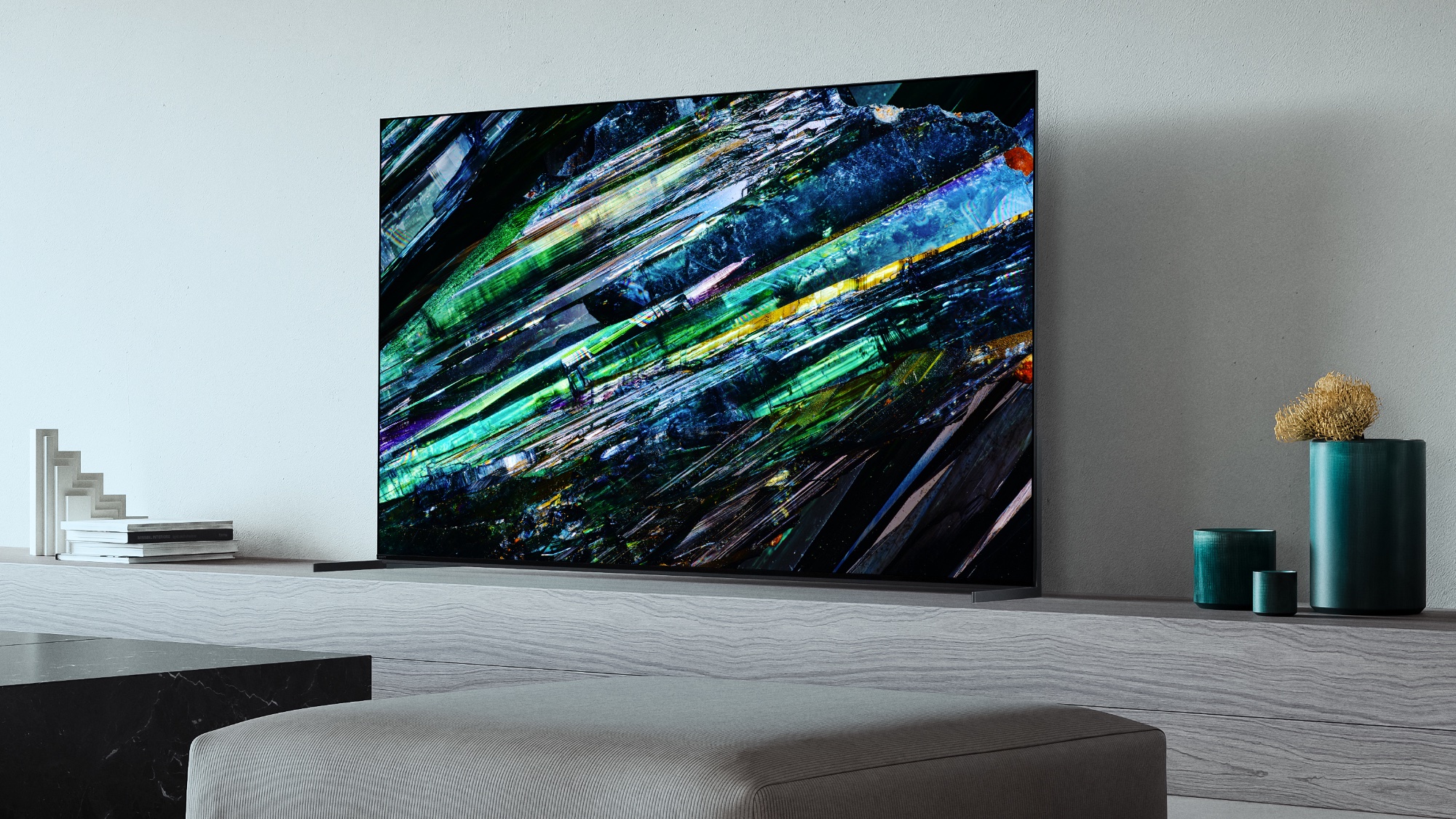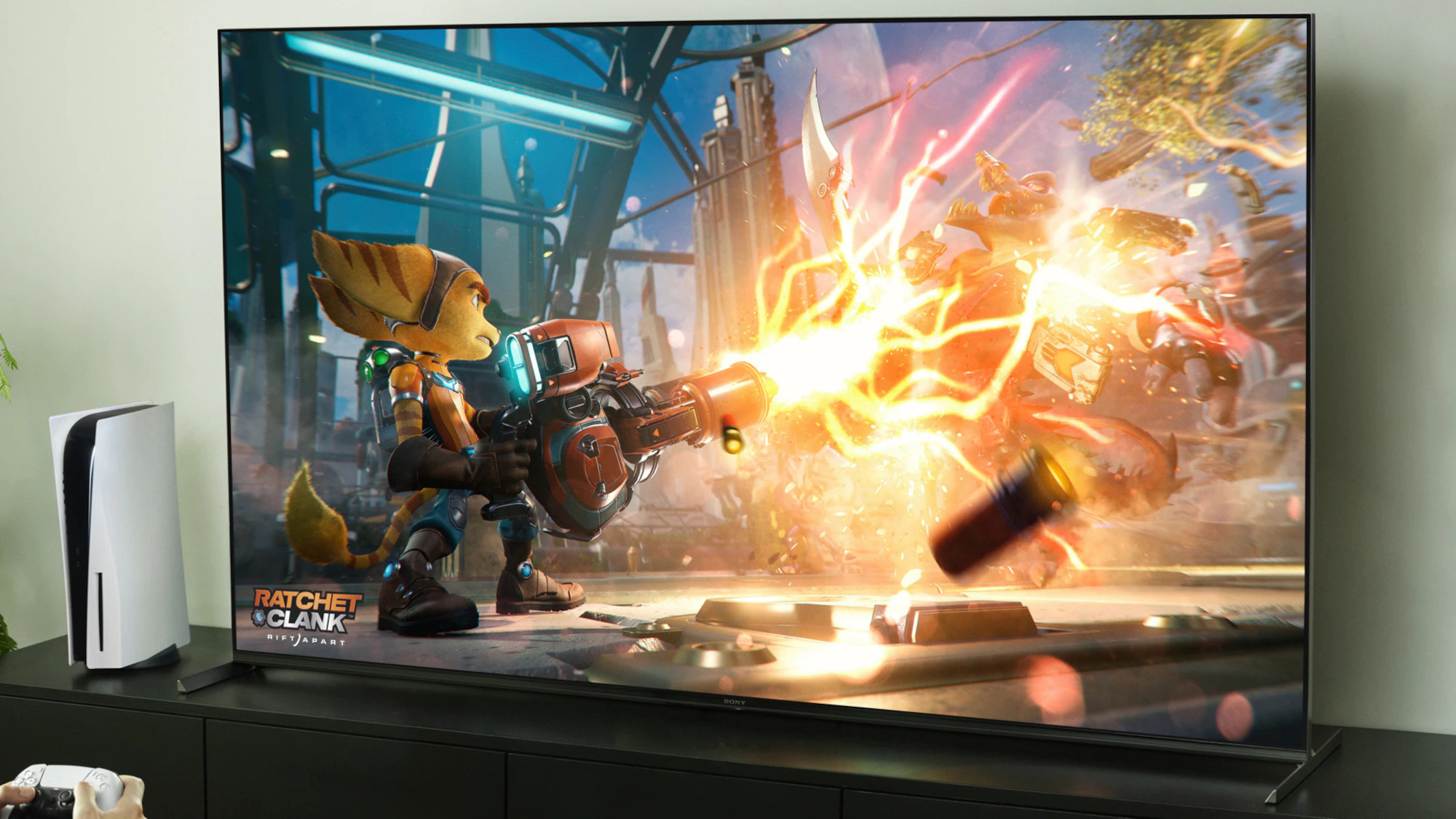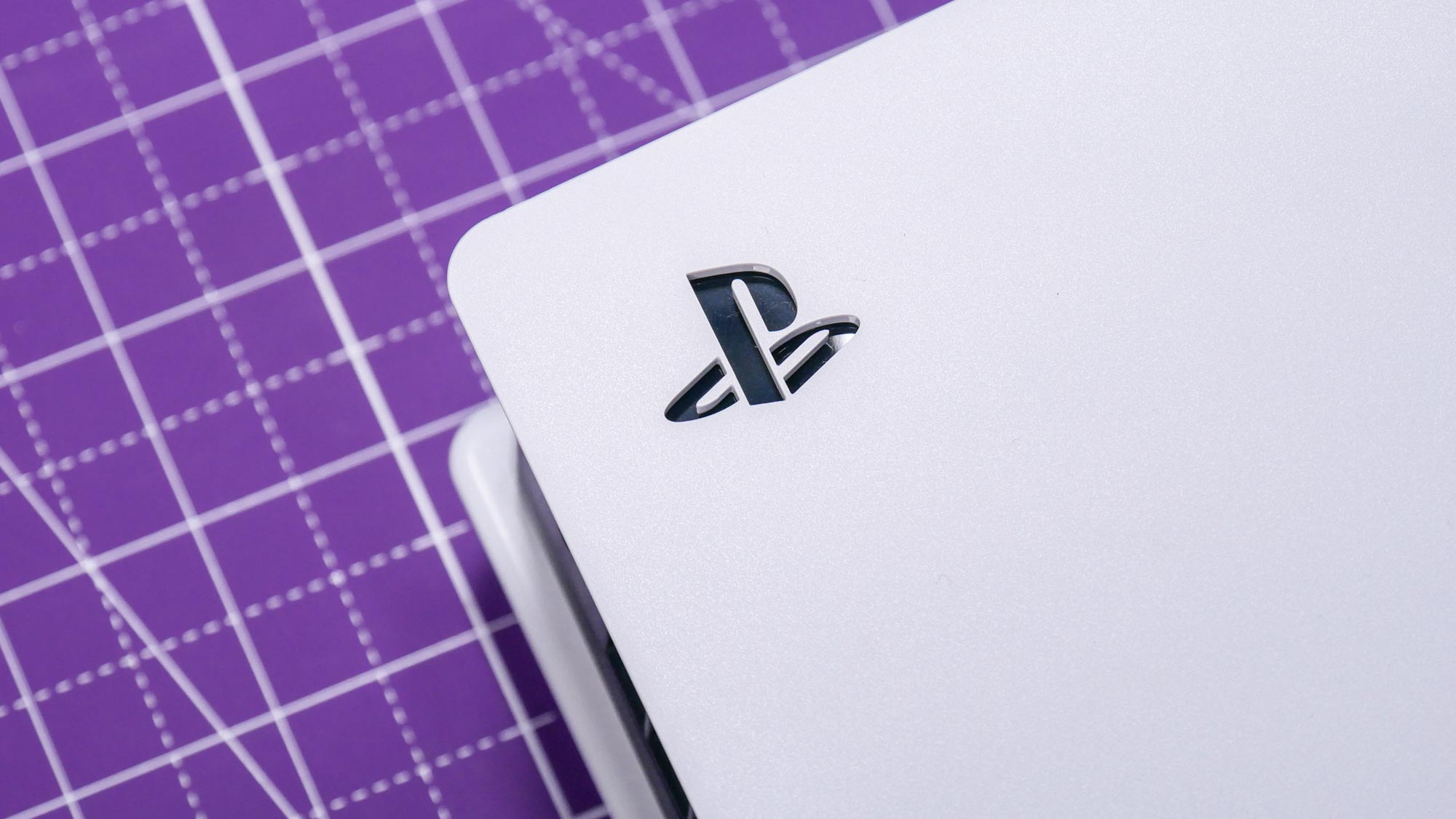
Sony makes some of the best TVs in the market. The Sony Bravia XR A95L OLED TV is a prime example, leveraging some of the most advanced specs with incredible brightness, HDR color and sound quality. However, like many TVs under Sony, the A95L has higher input latency than most of its competitors.
Input latency is incredibly important not just for competitive gaming, but for casual experiences, too. No one wants to press the attack button in Elden Ring only for your character to swing the sword several milliseconds too late — well after you’ve already been properly pummeled by Radahn.
It’s a common complaint against Sony TVs — which is surprising for a company that owns one of the largest gaming brands on the planet. So, what gives?
Input latency and Sony's big dilemma

High input latency is a common complaint against Sony TVs, most recently affecting its 2024 TV lineup. Just look at its newest flagship Mini-LED TV, the Bravia 9. Its bright, colorful picture is made all the better by its incredible backlight control. Its input latency, on the other hand, sits at a remarkably high 17ms.
Meanwhile, our favorites among the best gaming TVs have exceptional lag control. The LG C4 OLED, for instance, sports an input latency of just 9.2ms in Game Mode. This is the sweet spot for most TVs, as we recognize input lag test results under 10ms as being ideal for both casual and competitive gaming.
The trend is getting harder to ignore. Sony just launched the PlayStation 5 Pro, an upgrade over the base PS5 system. It’s supposed to be the ultimate gaming console, and you might think the brand behind it would have solved the input lag issue long before its release.
It's not like Sony's gaming monitors have high latency, either. The new Sony Inzone M9 II comes highly regarded and sits at an impressive 1ms. So what makes Sony TVs different? I asked Sony directly and discovered some interesting roadblocks.
Can Sony improve the input lag of its TVs?

Sony TVs — especially its high-end models — are known for their excellent engineering. It's why we frequently rank them well among the best TVs. According to one Sony engineer, this is a key factor as to why they often come with such high input latency.
The problems persist largely due to the workload put on Sony's XR processor, which has to account for a multitude of different variables across peak brightness, HDR color volumes, backlighting control and so much more.
"While this may slightly increase input lag, the picture quality advantages align the creative intent of gaming studios with the strengths of Sony TV technologies."
Sony TV engineer
"Our game mode is designed to balance responsiveness (input lag) while maintaining the excellent picture processing and picture quality expected of Sony TVs," a Sony engineer explained to me in an email correspondence. "This includes using the core strengths of the XR Processor in Game Mode for upscaling and clarity enhancement; XR Triluminos Pro for accurate and realistic HDR color; XR Backlight Master Drive for local dimming control and maintaining peak brightness in Game Modes; and customizable motion processing for both cinematic gameplay and fast-paced FPS games."
Unsurprisingly, there's a ton of processing that goes into the overall picture quality of a Sony TV — even in their dedicated game mode. But why have Sony’s rivals been able to account for both picture quality and input lag, while Sony has lagged behind? I find it so ironic that Sony, owner of PlayStation, has some of the worst input latency across its years of TV design.
Perhaps this is the year that Sony cracks the formula. It is, after all, a tech conglomerate that’s uniquely positioned to innovate when it comes to console gaming. The likelihood of Sony integrating PS5 hardware into its Bravia line is slim, but that won’t stop me from fantasizing about it.
In the interim, I’m left to hold back any praise (and recommendations) in regards to its upcoming lineup until I see better input latency — at least for the consumers that play a ton of games. I mean, what’s the point of touting PS5 exclusive features when mere blocking in God of War Ragnarok takes 17ms to take effect?
More from Tom's Guide
Sign up to get the BEST of Tom's Guide direct to your inbox.
Get instant access to breaking news, the hottest reviews, great deals and helpful tips.

Ryan Epps is a Staff Writer under the TV/AV section at Tom's Guide focusing on TVs and projectors. When not researching PHOLEDs and writing about the next major innovation in the projector space, he's consuming random anime from the 90's, playing Dark Souls 3 again, or reading yet another Haruki Murakami novel.
You must confirm your public display name before commenting
Please logout and then login again, you will then be prompted to enter your display name.
